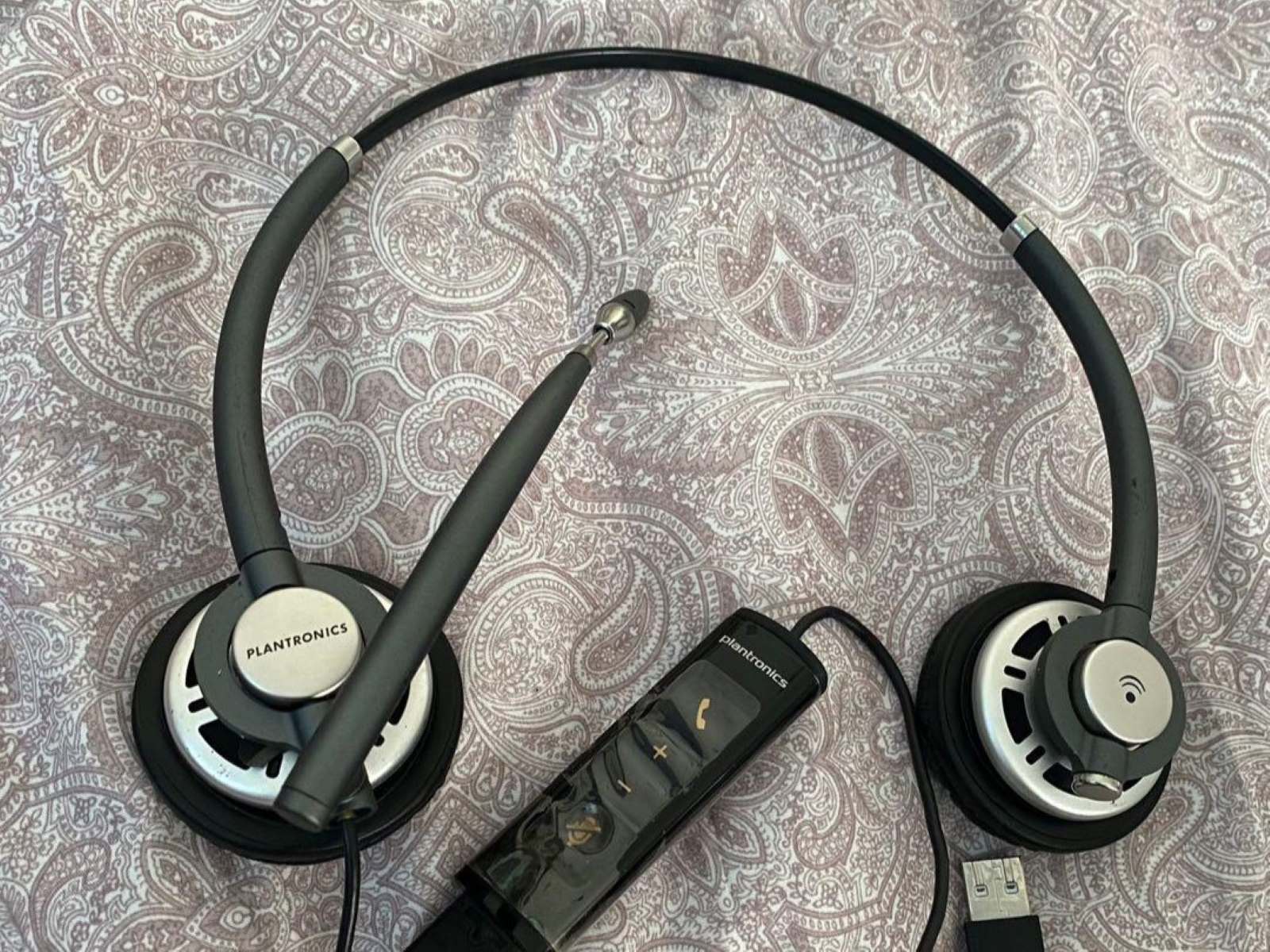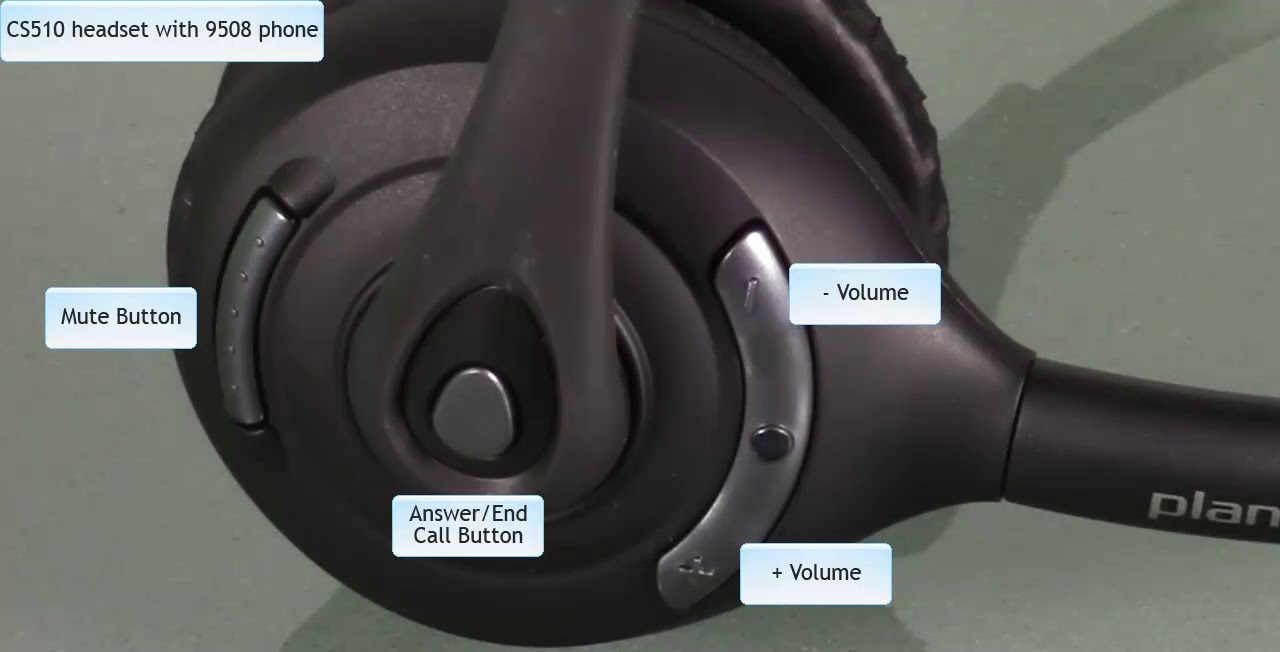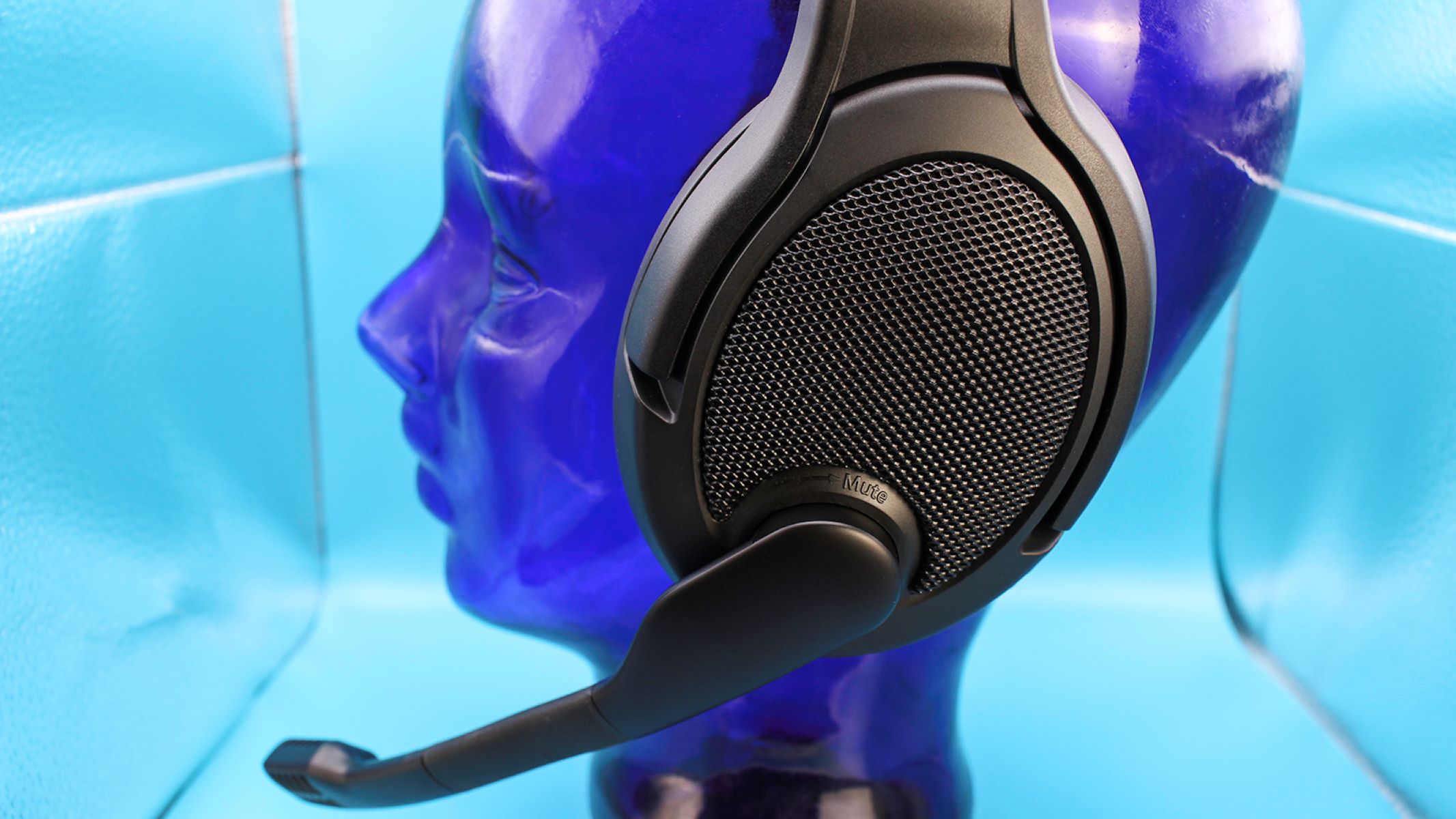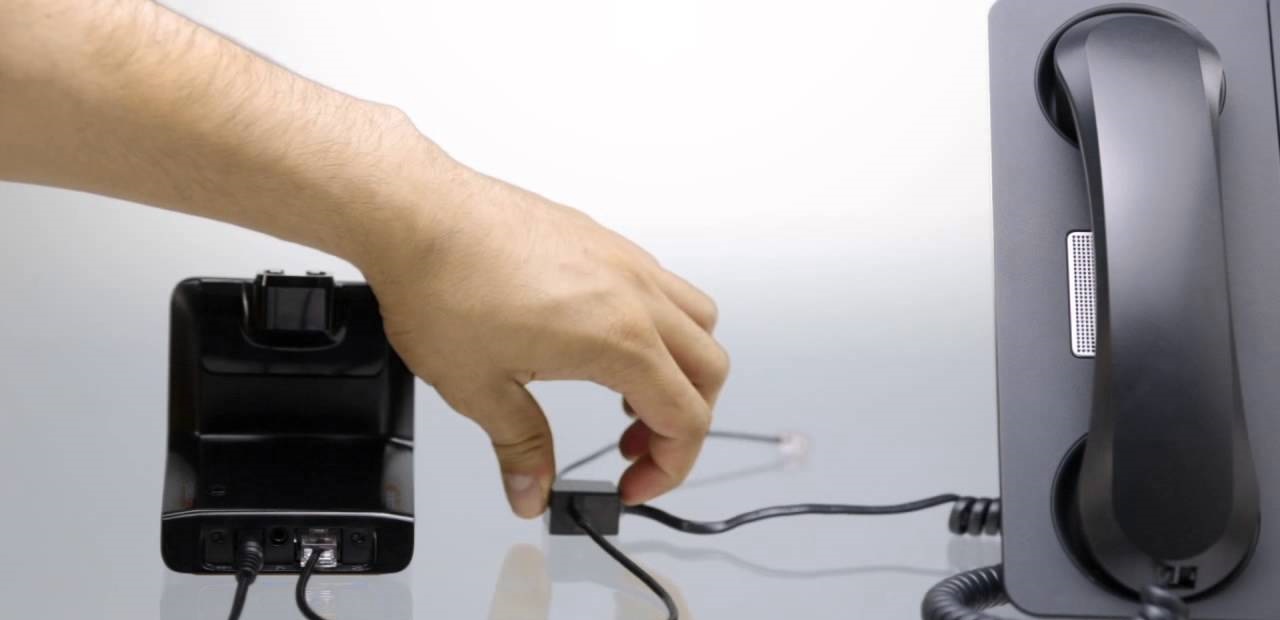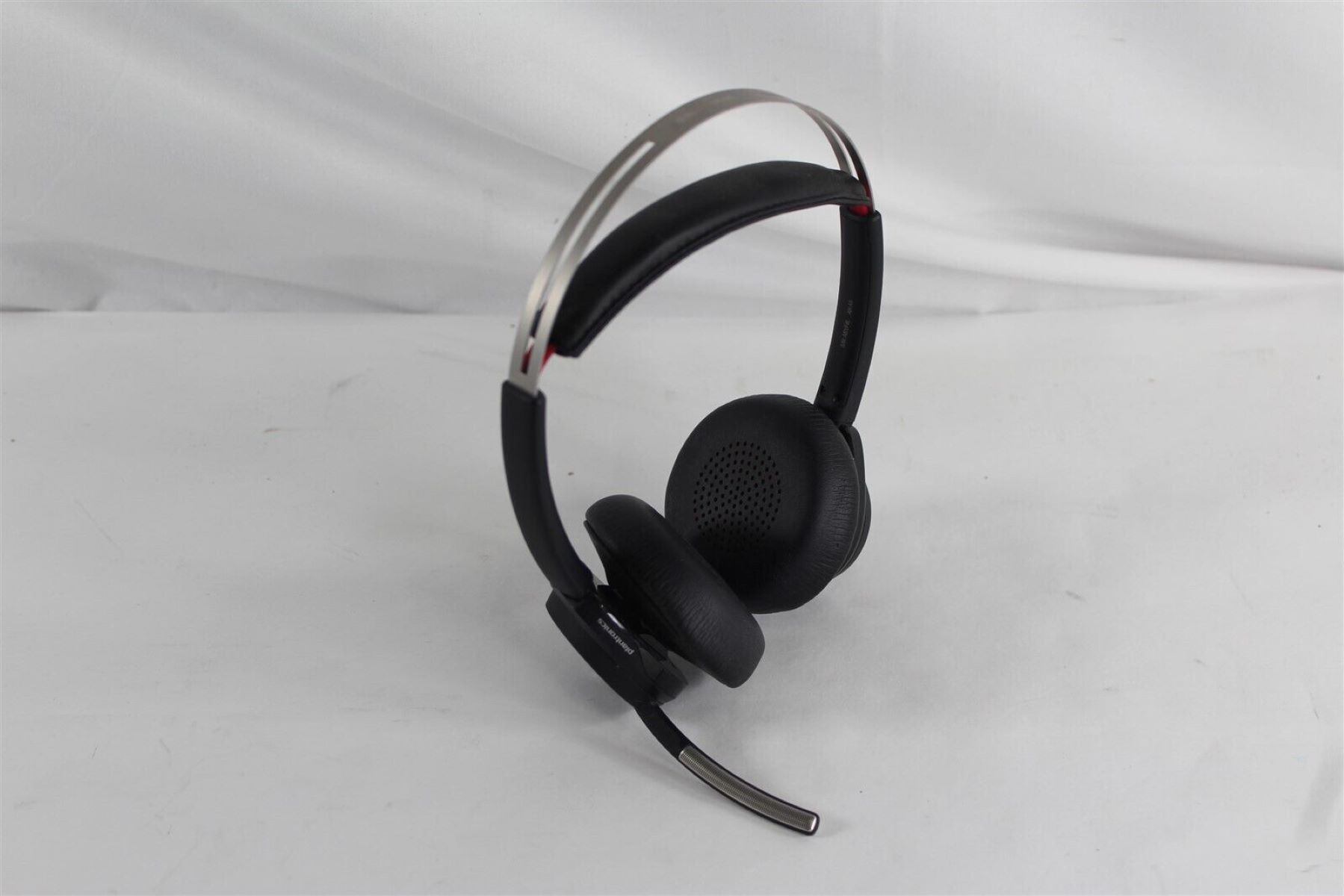Introduction
When it comes to seamless communication and hands-free convenience, Plantronics headsets have become a go-to choice for many individuals and professionals. These sleek and innovative devices offer a range of features, from noise-canceling technology to comfortable designs, making them an indispensable tool for those who rely on clear and reliable communication.
However, despite their advanced technology, Plantronics headsets may encounter occasional issues that can disrupt the user experience. One common problem that users may encounter is the unexpected beeping sound emanating from the headset. This beeping can be both disruptive and concerning, prompting users to seek quick and effective solutions to resolve the issue.
In this article, we will explore three practical troubleshooting methods to address the beeping problem with Plantronics headsets. By following these solutions, users can regain the seamless functionality and uninterrupted communication experience that Plantronics headsets are renowned for.
Now, let's delve into the specific steps to troubleshoot and resolve the beeping issue with Plantronics headsets. Whether you're a busy professional relying on your headset for important calls or a tech-savvy individual seeking to optimize your device's performance, these solutions will help you overcome the beeping problem and get back to enjoying the full benefits of your Plantronics headset.
Solution 1: Check for Low Battery
One of the primary reasons behind the beeping issue in Plantronics headsets is a low battery. When the battery level drops significantly, the headset may emit a beeping sound as an alert to indicate the need for recharging. To address this, it is crucial to check the battery level and take appropriate action.
To begin, locate the battery indicator on the headset, which may be in the form of an LED light or a digital display, depending on the model. If the indicator shows a low battery level, it's time to recharge the headset. Connect the headset to a power source using the provided charging cable and allow it to charge fully.
It's important to ensure that the charging cable is securely connected to both the headset and the power source to facilitate uninterrupted charging. While the headset is charging, the battery indicator may display a flashing or solid light to indicate the ongoing charging process. Once the charging is complete, the indicator should show a full battery level, signaling that the headset is ready for use.
After recharging the headset, test it to see if the beeping issue persists. In most cases, addressing the low battery situation effectively resolves the beeping problem, restoring the headset to its normal functioning.
By regularly monitoring the battery level and promptly recharging the headset when necessary, users can prevent the recurrence of the beeping issue and maintain a reliable and uninterrupted communication experience with their Plantronics headset.
In the next section, we will explore another troubleshooting method to address the beeping problem with Plantronics headsets.
Now, let's move on to Solution 2: Reset the Headset.
Solution 2: Reset the Headset
Resetting the Plantronics headset can effectively resolve various technical issues, including the beeping problem. This process essentially clears any existing glitches or errors within the headset's system, restoring it to a stable and functional state.
To initiate the reset, begin by powering off the headset. Depending on the model, this may involve pressing and holding the power button or following specific instructions outlined in the user manual. Once the headset is powered off, it's time to perform the reset sequence, which typically involves pressing a combination of buttons or holding down a specific button for a designated duration.
It's essential to consult the user manual or the official Plantronics website for precise instructions on how to reset your particular headset model, as the reset process can vary across different models. Following the correct reset procedure is crucial to ensure that the headset is reset effectively without causing any unintended issues.
After completing the reset, power on the headset and test it to see if the beeping problem has been resolved. In many cases, resetting the headset can eliminate the beeping sound and restore the device to its optimal functionality.
If the beeping issue persists even after resetting the headset, consider repeating the reset process to ensure that it was executed accurately. Additionally, it's advisable to check for any available firmware updates for the headset, as outdated firmware can sometimes contribute to technical issues, including unexpected beeping sounds.
In the next section, we will explore the importance of updating the firmware for Plantronics headsets and how it can contribute to resolving technical issues.
Now, let's move on to Solution 3: Update Firmware.
Solution 3: Update Firmware
Updating the firmware of your Plantronics headset can play a pivotal role in addressing technical issues, including the persistent beeping problem. Firmware serves as the underlying software that governs the headset's operations and functionality. Over time, manufacturers release firmware updates to enhance performance, address known issues, and introduce new features, making it essential to keep the headset's firmware up to date.
To initiate the firmware update process, start by visiting the official Plantronics website or accessing the Plantronics Hub application, which provides a user-friendly interface for managing and updating Plantronics devices. Once you have accessed the appropriate platform, navigate to the firmware update section and check for any available updates for your specific headset model.
Before proceeding with the firmware update, ensure that the headset is fully charged or connected to a power source to prevent any interruptions during the update process. Additionally, it's advisable to review the release notes accompanying the firmware update to understand the improvements and fixes it offers.
Follow the on-screen instructions or the guidelines provided on the official website to download and install the firmware update for your Plantronics headset. This process may involve connecting the headset to a computer or mobile device and utilizing the designated software for the update.
After successfully updating the firmware, power on the headset and test it to verify if the beeping issue has been resolved. In many instances, updating the firmware can rectify underlying software-related issues, including the occurrence of unexpected beeping sounds.
It's important to note that regularly checking for firmware updates and keeping the headset's software current can contribute to a smoother and more reliable user experience. By staying proactive in updating the firmware, users can mitigate potential technical issues and ensure that their Plantronics headset operates at its optimal capacity.
By following the aforementioned troubleshooting methods, users can effectively address the beeping problem and maintain a seamless communication experience with their Plantronics headset. Whether it's addressing a low battery, performing a reset, or updating the firmware, these solutions empower users to overcome technical challenges and maximize the functionality of their Plantronics headset.
Conclusion
In conclusion, troubleshooting the beeping issue with Plantronics headsets requires a systematic approach that encompasses both technical understanding and practical solutions. By addressing the potential causes of the beeping problem and implementing the recommended troubleshooting methods, users can effectively restore their headset to its optimal functionality, ensuring uninterrupted and clear communication.
The first solution, which involves checking for a low battery, serves as a fundamental step in resolving the beeping issue. By monitoring the battery level and promptly recharging the headset when necessary, users can prevent the recurrence of the beeping problem and maintain a reliable communication experience. This proactive approach to battery management not only addresses the immediate issue but also contributes to the overall longevity and performance of the headset.
Resetting the headset stands as a crucial troubleshooting method that can effectively eliminate technical glitches, including the unexpected beeping sound. By following the precise reset procedures outlined for specific headset models, users can clear any underlying errors and restore the headset to a stable and functional state. This process empowers users to take control of the headset's performance and address potential software-related issues that may lead to disruptive beeping sounds.
Furthermore, updating the firmware of the Plantronics headset emerges as a proactive measure to address technical issues and ensure optimal performance. By staying informed about available firmware updates and following the recommended update procedures, users can leverage the latest improvements and fixes to eliminate the beeping problem. This proactive approach to firmware management contributes to a smoother and more reliable user experience, aligning with the commitment to maximizing the headset's functionality.
In essence, the troubleshooting methods presented in this article equip users with the knowledge and practical steps needed to address the beeping issue with Plantronics headsets. By integrating these solutions into their routine headset maintenance, users can mitigate technical disruptions and enjoy the full benefits of their Plantronics headset, whether for professional calls, leisure activities, or hands-free communication.
Ultimately, the proactive management of the headset's battery, software, and overall functionality empowers users to maintain a seamless and uninterrupted communication experience, reflecting the reliability and innovation synonymous with Plantronics headsets.









